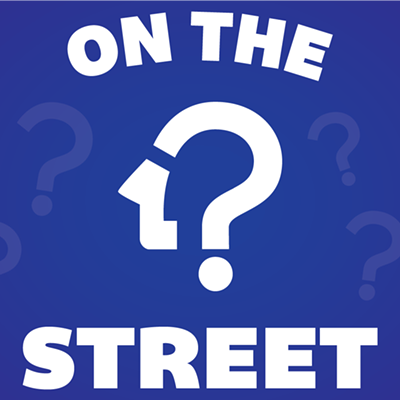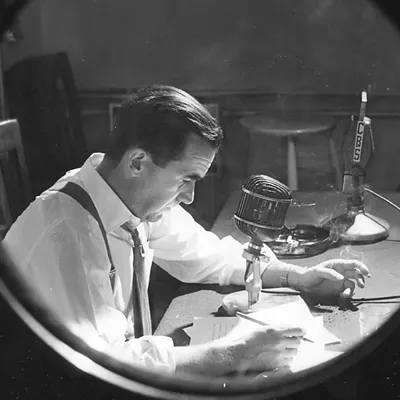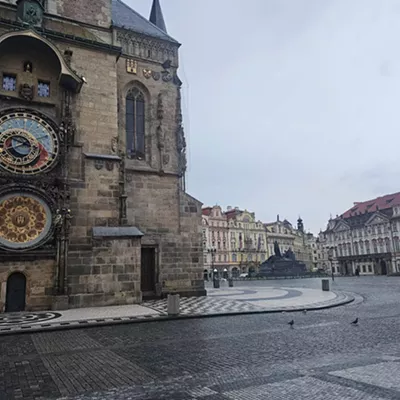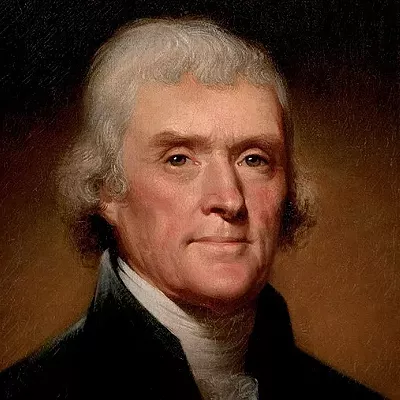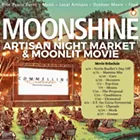How'd we do it? The short answer is that we built the Arena. We voted to spend public money to add infrastructure to our city -- one of the basic functions of any government. And that investment has paid off, as we are seeing this week. But there's a funny dynamic behind this kind of progress: Everybody loves it now, but nobody wanted to pay for it when the idea first came up.
Before Spokane hosted the World's Fair in 1974, the public rejected a plan to pay for it. (A different plan was created later that didn't require local support.) But after Expo '74, you couldn't find anyone who would admit to having opposed it. Fast forward to the late 1980s, and we had a similar effort underway to replace the atrocious Spokane Coliseum. Again, predictions of what a new venue could do for the local economy were ignored as voters gave it the big thumbs down.
But as with Expo, supporters of the plan did not give up. After more failures with voters, the state legislature (via the late Jim West) created favorable funding mechanisms, the city and the county worked together, and finally the public supported the plan. In 1995, the Spokane Veterans Memorial Arena opened, and today you can't find anyone who ever thought it was a bad idea.
& lt;span class= & quot;dropcap & quot; & B & lt;/span & eing skeptical about public projects is good citizenship, however. Usually proposals improve the more they get taken apart. Voters should be hard on any plan to spend their money. The key for those who believe strongly in the plan -- from world's fairs to new arenas -- is not to give up. And that's what's so depressing about the idea for a light rail line that has been percolating in Spokane County over the past decade.
After a pair of last-minute, confusing ballot measures were defeated in November, the people investigating the need for light rail seemed ready to give up: "The people have spoken."
No, the people were just not convinced.
Light rail as an economic development tool is being proven in city after city, from Salt Lake City to Portland to Seattle. The proposal for Spokane -- to start, an east-west rail from downtown to Liberty Lake -- would spur 12,000 housing units near the stations and create more than $500 million in economic impact, according to a 2006 report. It's also eco-friendly, as we look to lessen our dependence on foreign oil and find ways to stop pumping single-passenger automobile emissions into the air.
Viewed in light of the fight to build the Arena, November's light rail vote should have been taken as just one stop on the journey. (And in fact the vote was only to secure right-of-way land and to study the plan further.) But that's not how it was handled. In fact, it's hard not to question whether the Light Rail Steering Committee (made up of local citizens and elected officials) was setting this up to fail. They couldn't decide on the approach until late in the game, which put Citizens Looking Forward (the group that formed to back light rail) way behind. They also ran the ballot measures on a crowded November ballot, with lots of national issues dominating the news. Ultimately, Citizens Looking Forward spent almost nothing on what could be the next big thing for this region. If this wasn't set up to fail, it has to be the most pathetic attempt at passing a major public initiative that Spokane has ever seen.
Next time -- if there is a next time -- a more focused campaign, with better funding, needs to emerge. And as with the Arena, failure should not be taken as a final answer. If it's the right thing to do -- and light rail is, to me, a no-brainer to pursue -- the conversation must continue, and solutions will emerge.
& lt;span class= & quot;dropcap & quot; & A & lt;/span & t least one person is not giving up on light rail. Spokane Mayor Dennis Hession has dusted off an existing plan for a smaller streetcar system that could service Spokane's core. The city has secured outside funding to have the concept studied further, not just for where it should go, but also how to pay for it.
Transportation -- moving people -- is the lifeblood of any economy, and Hession predicts that Spokane would build on its growing prosperity if you could get on a streetcar at Gonzaga and ride it to within a block of River Park Square -- or to the hospital district. Or, if you're an NCAA fan, you could hop on outside the Arena after the game to get back to your room at the Davenport. Abandoned buildings located near the streetcar stops could be renovated with new downtown housing. Fixed-rail streetcars -- ironically, the very way Spokane got around in the early 20th century -- have a certain urban cachet that buses have never quite achieved, and streetcar ridership is strong in cities where they have been added.
As the Spokane-to-Liberty Lake line languishes, a smaller streetcar system could do what Citizens Looking Forward seemed unable to do -- prove the value of light rail. (And it would also give Spokane's project new numbers to share with state and federal funding agencies; currently they have to rely on bus ridership as proof of how many people might ride a future light rail line.)
As the Spokane Arena hosts fans from Texas, Oregon, Southern California and Notre Dame Nation, we can see how basic infrastructure decisions can make a huge difference. We just need to remember that when it comes to light rail, too.



